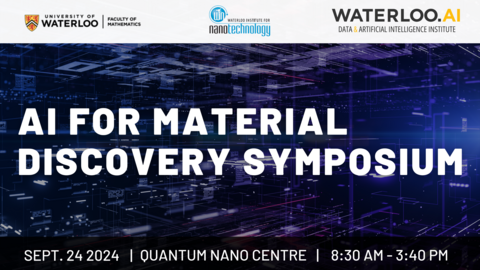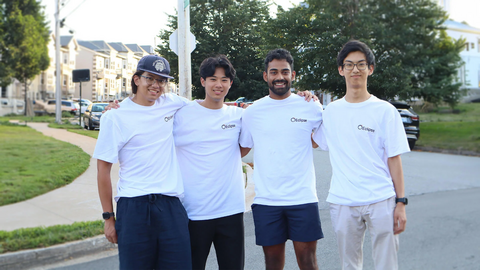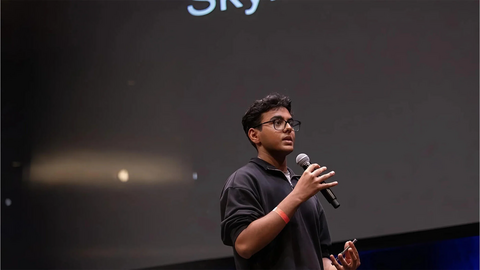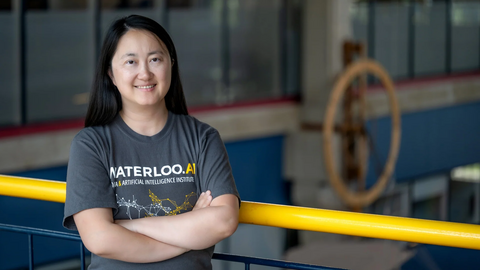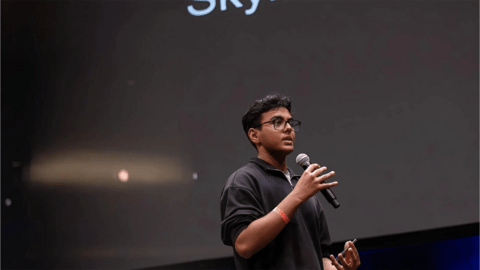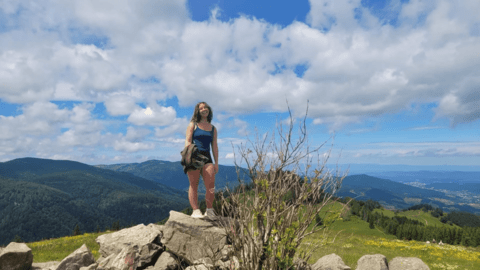Since launching in 2018, Waterloo.AI’s multi-disciplinary research teams have been collaborating with industry to develop intelligent systems in areas such as disease detection and treatment, understanding language and emotion, and vehicle navigation.
Our projects are building tomorrow’s intelligent systems today, by translating industry requirements into deployable, real-time embedded AI. In years to come, we expect this investment to yield profound dividends for the economic prosperity and quality of life of people all around the world. And we are just getting started.
What is Artificial Intelligence?
Artificial Intelligence (AI) is the study of machines and software that exhibit intelligence, such as learning, reasoning, planning, problem-solving, predicting, and the use of language and vision. With the advent of big data, and driven by the explosion of computing capacity and speed, AI tools are being increasingly integrated into technological solutions that are central to our everyday life, business, society, and the environment.
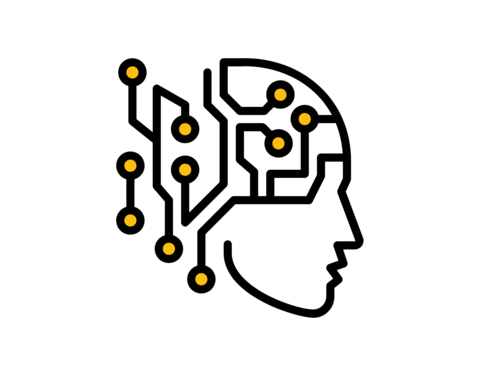
Why Should You Care About Data?
Waterloo.AI's Co-Director - Jimmy Lin, explains the importance of data in this episode of the "Back to the Classroom" video series.


News
Math students named finalists in Berkeley AI Hackathon
Waterloo team leverages AI and machine learning to develop a model that has the potential to reduce carbon emissions from transportation by up to 18 percent
Measuring biodiversity through listening
A Waterloo co-op student is using AI to assess the impact of land use on biodiversity with grasshopper song
Power up your health with self-sustaining electronics
Breakthrough in smart fabric for sensing and energy harvesting
Events
Agustus Kristiadi on Probabilistic Inference and Decision-Making with Foundation Models for Bayesian Optimization
Join Agustus Kristiadi to discuss "Probabilistic Inference and Decision-Making with Foundation Models for Bayesian Optimization". This seminar will lead an intriguing conversation and will be taking place at DC room 1304 on Thursday, October 10, starting from 10:30 am EDT.
Generative AI in K-12 Education Workshop
Generative AI Workshop hosted by: Waterloo.AI and SJK School
Date: Monday, Nov. 4th, 2024
Location: SJK School
